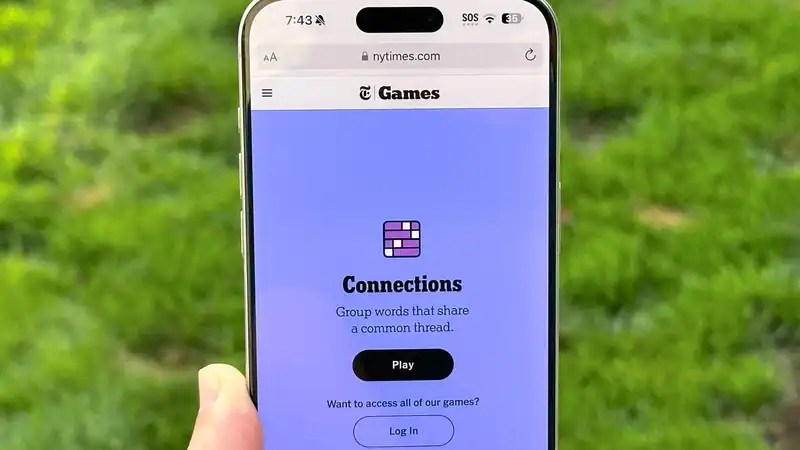While OLED TVs, QD-OLED TVs, and now QDEL displays stole the limelight at CES 2024, LCD TVs do not appear to be going away anytime soon
In fact, TCL may rejuvenate this TV technology in a way that could prove more reliable than OLED, at least in terms of viewing angles and possibly narrower bezels
Among the wall-to-wall innovations at CES 2024, TCL CSOT, the company's panel manufacturing arm, highlighted a groundbreaking LCD panel upgrade it calls "WHVA" This is an updated HVA panel technology based on the company's own Polymer Stabilized Vertical Alignment (PSVA) technology, which allows the company's LCDs to have a much larger margin in terms of the aforementioned viewing angles
CSOT not only demonstrated their new LCD displays with wider viewing angles, but also showed off their new "SNB" (Super Narrow Bezel) design
Last June, several reports claimed that LCD TV panels were essentially at an end in terms of outward development However, these claims proved to be a misconception The LCD layer will still find ways to improve, even though the popularity of OLED and mini-LED TVs continues to rise
And this seems to be the case, at least in the case of TCL CSOT, a panel manufacturer that supplies LCD panels to several major TV companies, including Samsung, Sony, and TCL At CES 2024, the company displayed an 85-inch 4K panel featuring an interesting new technology it calls "WHVA" They were
To understand this new innovation, we must first look at the VA (vertically aligned) LCD TV technology that the company calls "HVA" As already mentioned, HVA is essentially the same LCD panel as other companies' products, but TCL CSOT manufactures it in-house and claims that it offers a better contrast ratio than rival products
The company's new WHVA panels are intended as the next step in improving viewing angle problems that have plagued LCD screens for years; the "H" in HVA stands for Huaxing, taken from the Chinese acronym for CSOT, and the "W" in this case stands for wide
Nevertheless, LCD TVs are not without existing answers to the viewing angle problem For example, IPS LCD screens allow for better viewing angles, but at the cost of middling contrast levels Also, this type of screen requires 15% more power than a standard LCD TV, making it a poor alternative, especially in terms of environmental friendliness
Sony and Samsung have also tackled this problem with their own methods, the former utilizing a special layer on the LCD screen called so-called X-Wide Angle and the latter using sub-pixel dithering: Sony's X-Wide Angle screen has much higher black levels, Samsung's sub-pixel dithering requires a lower TV resolution
While there is little additional information on TCL's new panel technology, those in attendance at CES could tell that the experience was truly fulfilling: it will not look perfect, given that it is set on an LCD screen, but it is an It is an interesting new approach However, TCL CSOT stated that consumers will have to wait until at least 2025 to experience this new breakthrough
TCL CSOT aims not only to improve the viewing angle of LCD panels, but also to make the bezels on such TVs much slimmer At CES, the company demonstrated its new "SNB" (Super Narrow Bezel) on a 75-inch 4K LCD panel
SNB LCD TVs utilize a 27mm border and 77mm bottom size to create a more nearly infinite panel While far from a premium space alternative option, narrower bezels are certainly a plus and will allow users to improve screen area and presentation
In March 2023, TCL CSOT announced an upgraded ultra-thin bezel design for mobile devices that aims to reduce bezels by as much as 30% While primarily relevant to the mobile sector, it demonstrates how innovative the Display Group's approach to screen development is
TCL may not be producing 8K TVs this year, but it is certainly driving innovation As with the company's WHVA panels, availability and production schedules for SNB LCD TVs are still unknown; such upgrades in LCD TVs will not occur until 2025 at the earliest










Comments